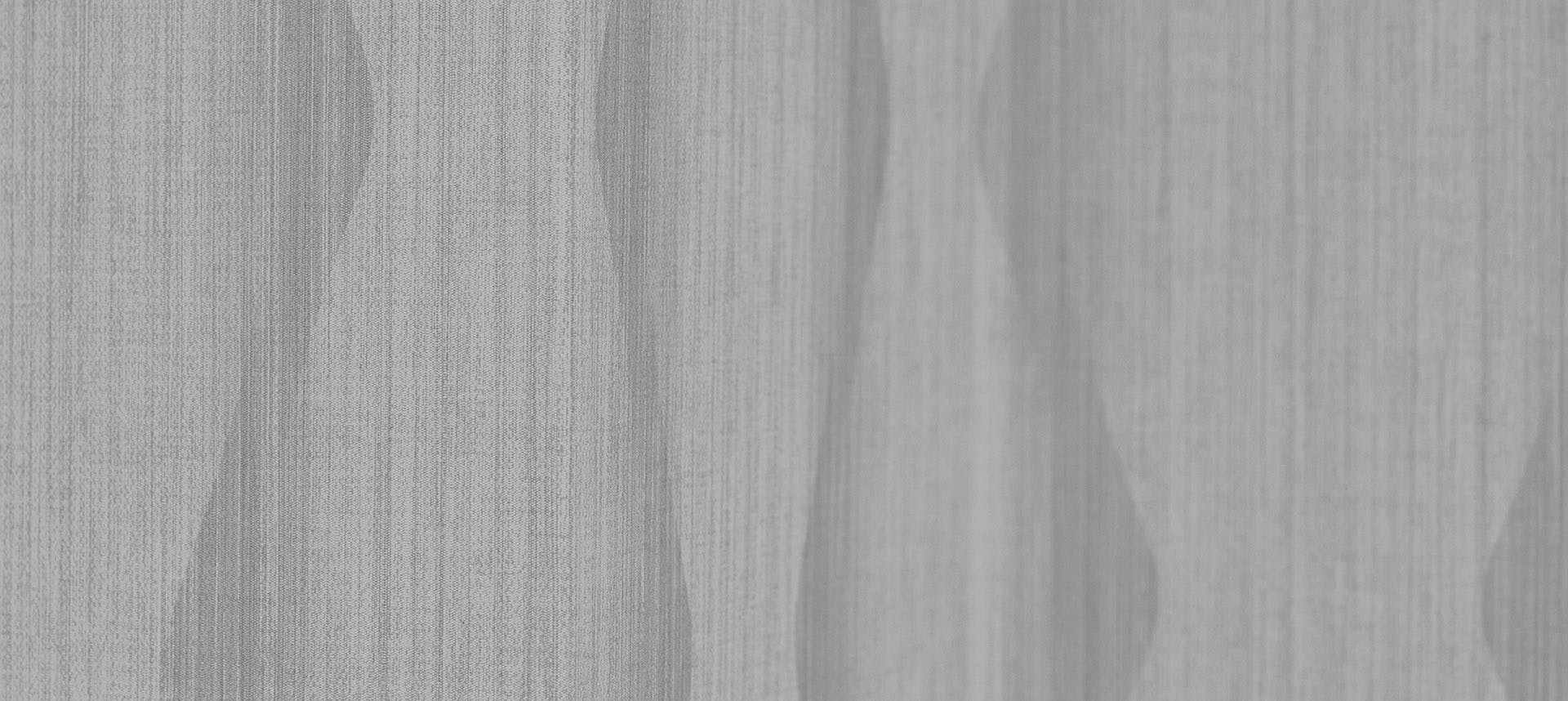Women who are not ideal candidates for the DIEP Flap reconstruction technique may be better suited to gluteal artery perforator, or GAP flap reconstruction.
Who Is A Good Candidate For The GAP Flap?
The GAP flap procedure is indicated for women who are not candidates for DIEP flap reconstruction. This includes women who lack sufficient fat at the lower abdomen, who have had an abdominal flap utilized (previous TRAM or DIEP flap), or when previous abdominal surgery (such as abdominoplasty) has affected the blood vessels feeding the DIEP flap. GAP flap reconstruction is a good option for women with a lot of fatty tissue in the buttocks. It is also appealing due to a well-hidden scar and the lack of muscle removed during the operation.





